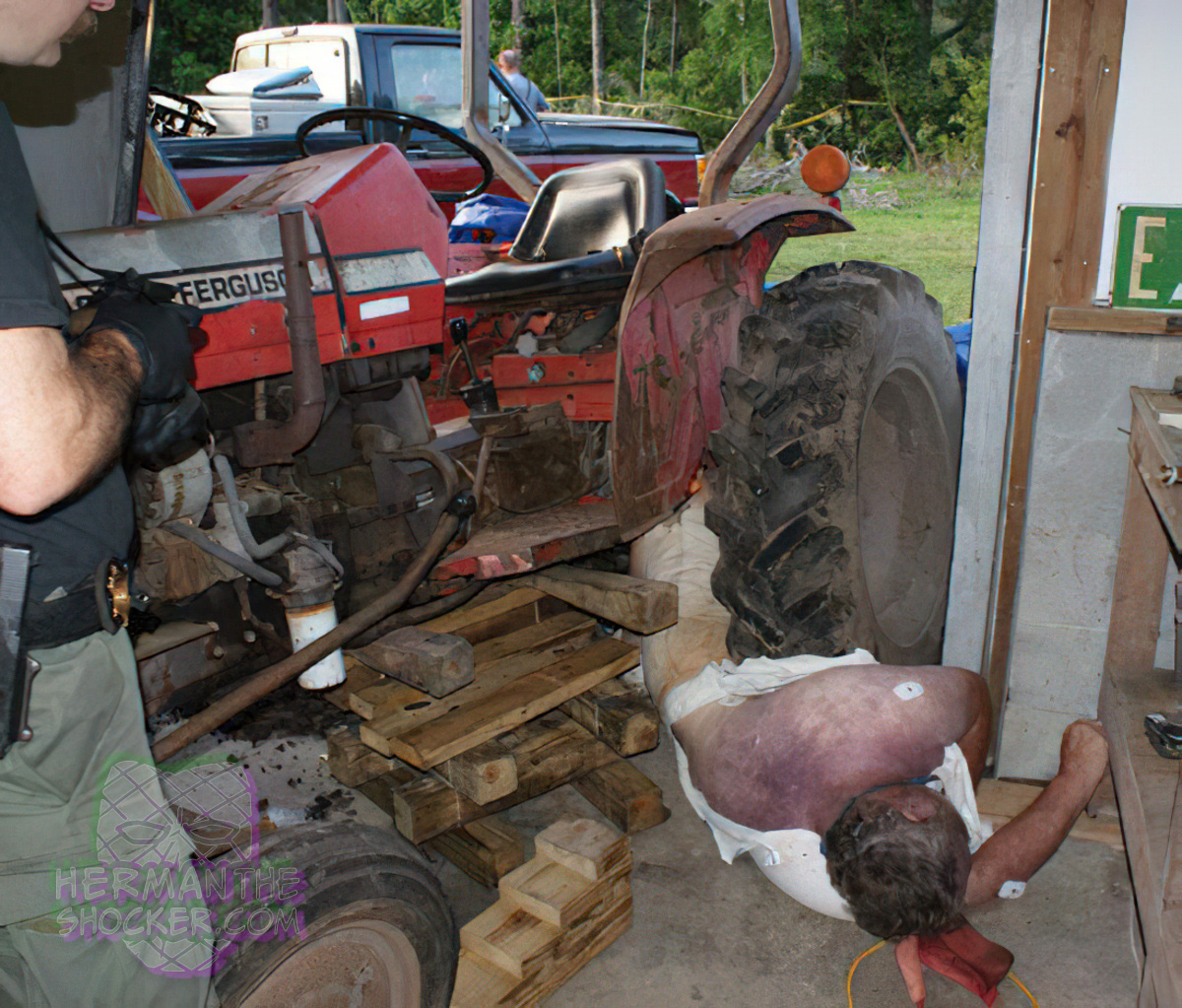The orientation of the decedent with the tire of the motor vehicle apparently compressing the midsection and with the corresponding vascular changes (congestion versus petechiae) support a scenario in which there was hampered venous return to the heart. As this would lead to impaired respiration, this is considered a form of mechanical asphyxia.
Latest posts

Dismembered torso in a homicide case. The severed neck of a dismembered torso must be inspected carefully for…

This individual died and his body was scavenged by a cat, no further info. The phenomenon of postmortem…






